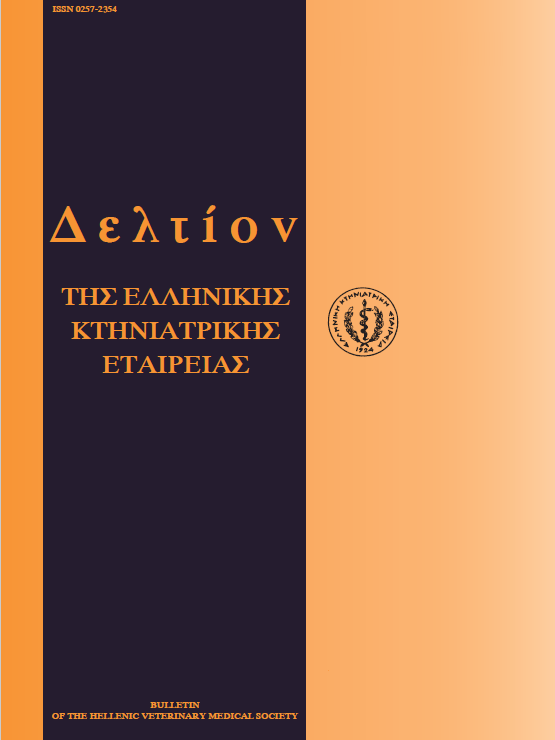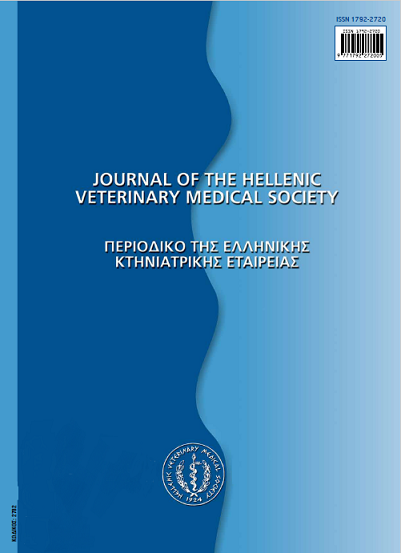Oestrogen receptors and antioestrogen treatment of hormone-dependent tumours
Resumen
The oestrogen receptor is a ligand-activated transcription factor that modulates specific gene expression by binding to short DNA sequences. The study of the role of oestrogen receptor on the expression of the mitogenic actionof oestrogens and oncogenesis lead biomedical research in new approaches of the treatment of oestrogen-dependent tumors by using antioestrogens. Main mechanism of action of antioestrogens is the prevention of oestrogen action by blocking the binding of oestradiol to the oestrogen receptor. Tamoxifen, the most wellknown antioestrogen, is widely used as adjuvant therapy in all stages of human breast cancer. Recently interest is focused on the potential use of "pure" antioestrogens. The use of antioestrogens in veterinary oncology is also under discussion.
Article Details
- Cómo citar
-
KOSTOMITSOPOULOS (Ν.Γ. ΚΩΣΤΟΜΗΤΣΟΠΟΥΛΟΣ) N. G. (2018). Oestrogen receptors and antioestrogen treatment of hormone-dependent tumours. Journal of the Hellenic Veterinary Medical Society, 49(2), 91–98. https://doi.org/10.12681/jhvms.15752
- Número
- Vol. 49 Núm. 2 (1998)
- Sección
- Review Articles

Esta obra está bajo una licencia internacional Creative Commons Atribución-NoComercial 4.0.
Authors who publish with this journal agree to the following terms:
· Authors retain copyright and grant the journal right of first publication with the work simultaneously licensed under a Creative Commons Attribution Non-Commercial License that allows others to share the work with an acknowledgement of the work's authorship and initial publication in this journal.
· Authors are able to enter into separate, additional contractual arrangements for the non-exclusive distribution of the journal's published version of the work (e.g. post it to an institutional repository or publish it in a book), with an acknowledgement of its initial publication in this journal.
· Authors are permitted and encouraged to post their work online (preferably in institutional repositories or on their website) prior to and during the submission process, as it can lead to productive exchanges, as well as earlier and greater citation of published work.






